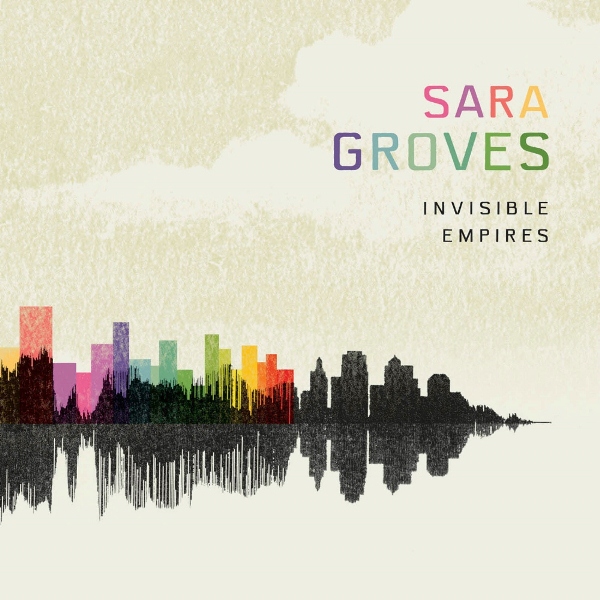We want many things from art. We want to be moved, thrilled, entertained; we seek beauty, humor, redemption, adventure, and so much more. But there are many ways in which art can affect us that we perhaps do not seek. These are the times it can provoke, confront or offend. I'm not referring to things that merely make us angry or that don't turn out the way we'd like. I’m referring to art that challenges our tastes, threatens our sense of comfort or questions our convictions.
It seems to be this category of art with which Christians have the most difficulty. I've often wondered if most of today's Christian culture isn't addicted to art that feels safe, as though such a feeling is seen as intrinsically indicative of the presence of God, reassuring our faith—not just in Christ, but in the comforting accoutrements of our subculture, be they political views, aesthetic values or moral absolutes. This article is the first in a new Art House Dallas series for 2012 in which I'll be discussing our interaction with these challenging artistic expressions.
These kinds of challenges in art can come at us in at least three categories:
1. Aesthetic – Our tastes, our ideas about what is beautiful or what makes good art, can be surprisingly strong-held convictions. We may be so put off by stylistic and aesthetic aspects of a work of art that we judge what it has to say based on our aesthetic biases more than on the merit of the work. In fact, we often see aesthetic values themselves as a means of judging merit, even to the point of attaching theological significance to those values. Art that challenges us in the aesthetic realm asks if our ideas of beauty and of the purpose of art are as universal as we'd like to think.
Example: The classic example here is probably Rock & Roll. The style of the music itself was an intentional cultural challenge and was seen by its critics as threatening to decent society. An aesthetic challenge may be that audacious and culturally focused, or it may consist of engaging with an avant garde artistic style that may initially seem offensive. This could include a dark, garish painting or a sunny Broadway musical – anything that may be at odds with someone's taste, but may be found valuable beyond a surface analysis.
2. Moral/Ethical – These types of challenges have to do with our exposure to stories and images that depict actions and attitudes at odds with our moral convictions. This category can dovetail a bit with the other two, as our aesthetic and philosophical ideas are often viewed moralistically. Largely, however, I'm particularly concerned here with the notion of what is generally referred to as “mature” content and depictions of evil or violence that we might very rightly find unsettling. Art that challenges us in the moral/ethical realm causes us to examine our exposure or lack thereof to depictions both of socially unacceptable behavior and of human evil. It causes us to ask what implications such exposure has for the development of our personal moral constructs.
Example: For some, this might be nude sculptures, for others, the films of Kevin Smith or Martin Scorsese. This category includes any depictions of something that may be outside a person's ethical boundaries, from Brokeback Mountain to Ke$ha.
3. Philosophical – These challenges confront our deeply held beliefs, be they political, religious, metaphysical or social. Often, our philosophical life remains largely unexamined, yet our philosophical viewpoints develop all the same. Many of these are moral and ethical convictions. However, while the above category is concerned primarily with our exposure to depictions of things that disturb us morally, this category consists of works of art that ask us to question what we believe and why. These works of art may make compelling cases for alternate worldviews to our own or may ask hard questions about the underpinnings of our beliefs. Art that challenges us in the philosophical realm dares us to rethink our convictions on any number of issues and confronts the questions of how and why we develop such views.
Example: This category could include a play like Waiting For Lefty that explores a political idea, or a book like God Is Not Great that promotes a religious agenda. Or it may be a work that is not so strongly agenda-driven as these, but which nonetheless causes us to question our beliefs, like The Matrix or Jesus Camp.
There are surely other ways in which artistic challenges may be defined, but these are the categories I'll be covering in this series. All of these categories deal with ideas and values we often develop somewhat unconsciously. Sometimes, we may not even know why we hold them and find ourselves rather unable to explain them in depth. They may simply be rooted in our particular social code or in the language of our culture. Other times, we may strongly hold to certain ideas that we have spent a long time crafting and understanding. One way or another, confrontational and challenging art can be uncomfortable and is often avoided—particularly by Christians—either as a matter of course or as a matter of personal conviction.
But perhaps there is value to be found here. Perhaps such confrontations may hold benefit for the development of our worldviews. At the very least, it may be valuable to ask questions about how and why we respond to art that challenges. Do we ever really want to be challenged? Do we seek out artistic experiences that push our limits and challenge our assumptions? Or do we avoid them at all costs? One way or another, when they find us, how do we respond?
What art has challenged you? What was your response? Did you shut it down and walk away? Or did you look deeper and try to understand it? Not every work of art that challenges us will be life-changing, but there are often unexpected rewards when we engage something rather than abandoning it, rewards that may either change or reaffirm our convictions.
In this series, I'll be talking about a number of different ways in which art can challenge us. I'll be sharing my own stories, as well as stories from others, about encounters with challenging art. I'd also like to hear from you. Share your thoughts in the comments section below or send me your stories of art that challenged you at kevincneece@ymail.com. You just might find yourself incorporated into one of these articles. I'm looking forward to the conversation!





























